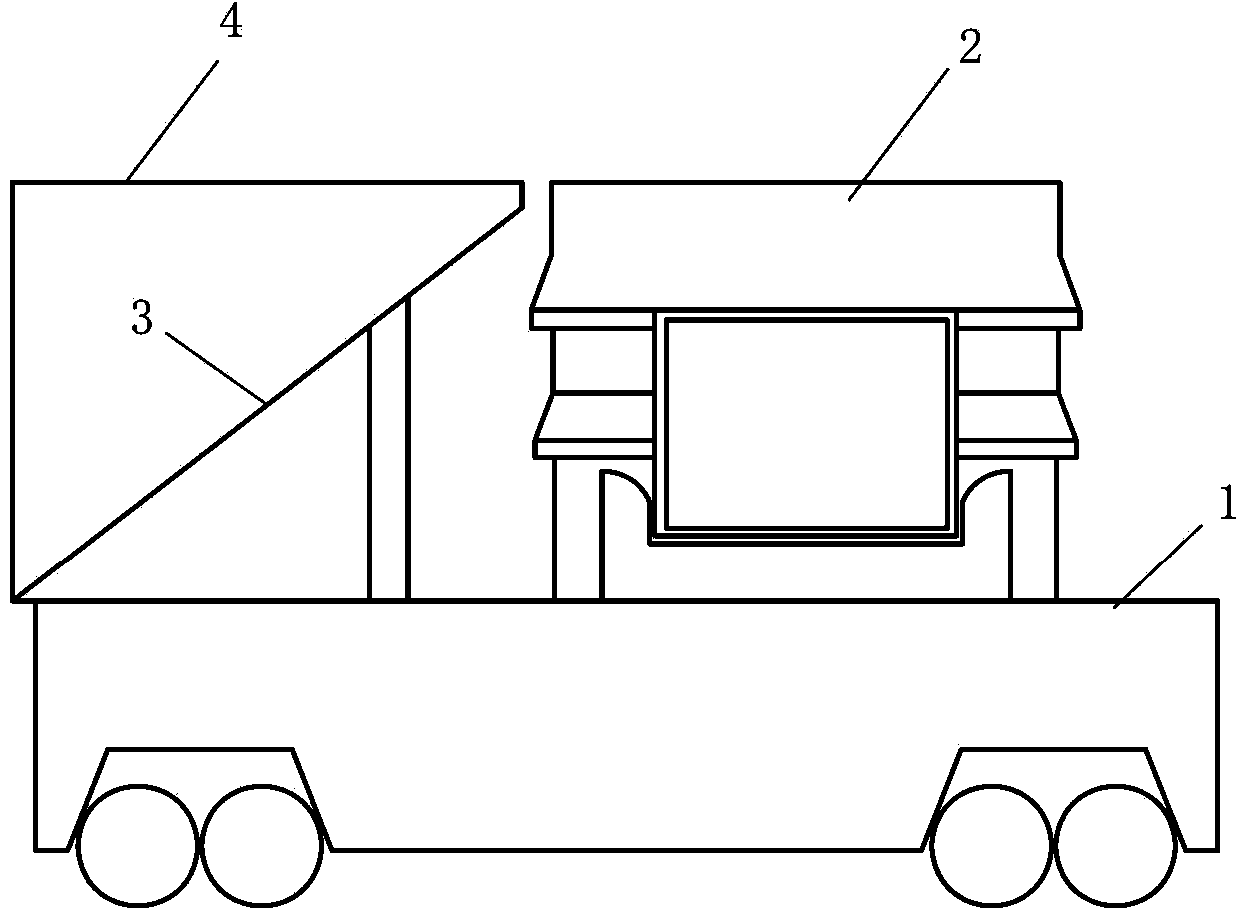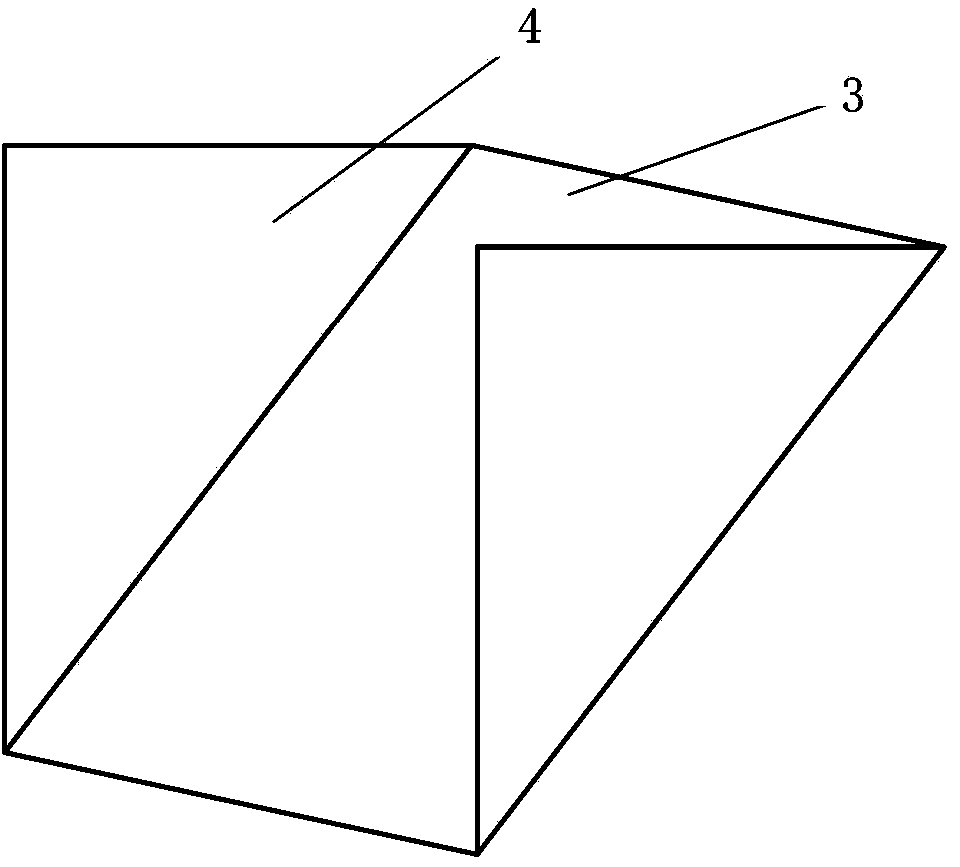Converter slagging device and method for controlling converter slagging
A converter slag and converter technology, which is applied in the field of converter slag lowering device, can solve the problems of burning out supporting equipment and hindering the smooth progress of converter tapping, so as to improve the quality of molten steel and avoid burning loss
- Summary
- Abstract
- Description
- Claims
- Application Information
AI Technical Summary
Problems solved by technology
Method used
Image
Examples
Embodiment Construction
[0022] The converter slagging device and the method for controlling converter slagging using the device of the present invention will be described in detail below with reference to the accompanying drawings and exemplary embodiments.
[0023] figure 1 is a schematic diagram of a converter slag removal device according to an exemplary embodiment of the present invention, figure 2 It is a perspective view of a converter slagging device according to an exemplary embodiment of the present invention. The following will refer to figure 1 and figure 2 The converter slagging device of the present invention and the method for controlling converter slagging using the device will be described in detail.
[0024] refer to figure 1 and figure 2 , The converter slag lowering device according to an exemplary embodiment of the present invention includes a slag lowering flow channel 3 and a retaining wall 4 . The lower slag runner 3 is a plate structure with a first surface and a seco...
PUM
 Login to View More
Login to View More Abstract
Description
Claims
Application Information
 Login to View More
Login to View More - R&D
- Intellectual Property
- Life Sciences
- Materials
- Tech Scout
- Unparalleled Data Quality
- Higher Quality Content
- 60% Fewer Hallucinations
Browse by: Latest US Patents, China's latest patents, Technical Efficacy Thesaurus, Application Domain, Technology Topic, Popular Technical Reports.
© 2025 PatSnap. All rights reserved.Legal|Privacy policy|Modern Slavery Act Transparency Statement|Sitemap|About US| Contact US: help@patsnap.com


